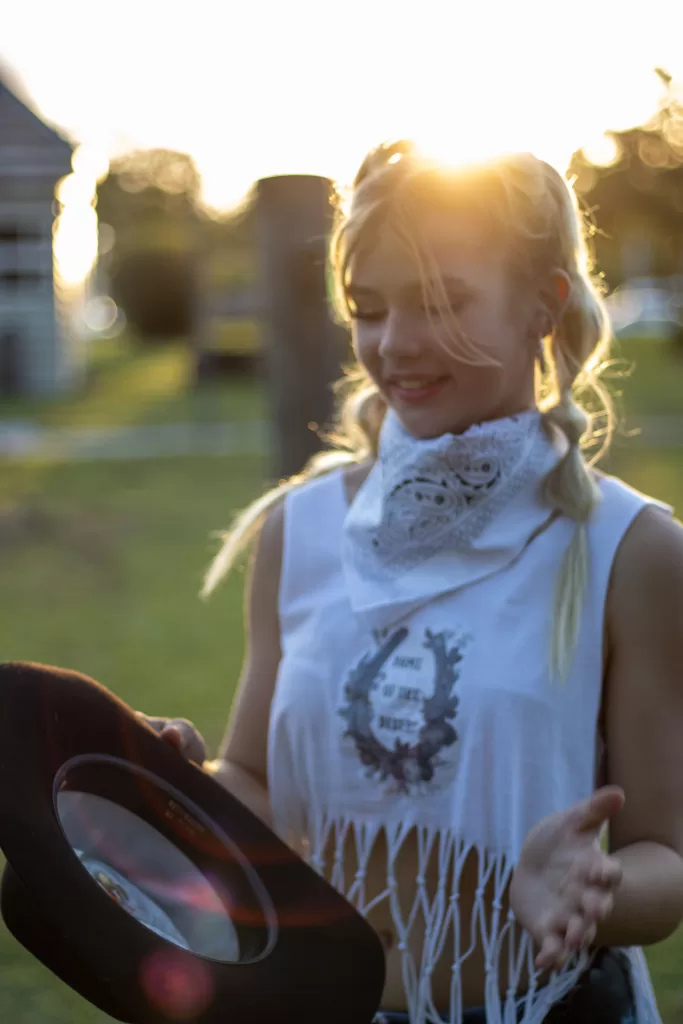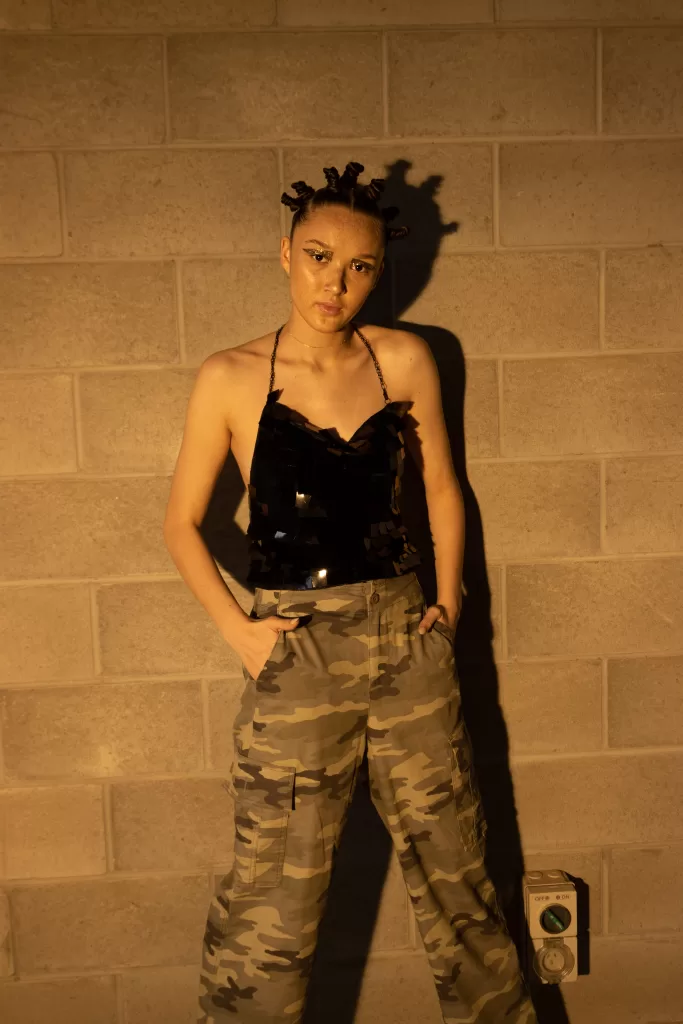Elevating Your Brand’s Online Presence
In today’s fiercely competitive fashion world, a strong online presence is not just an option—it’s a necessity. At Matthew Cornell Photography, we understand the unique challenges fashion brands face when it comes to search engine optimization (SEO), and we’re here to help you navigate them with ease.
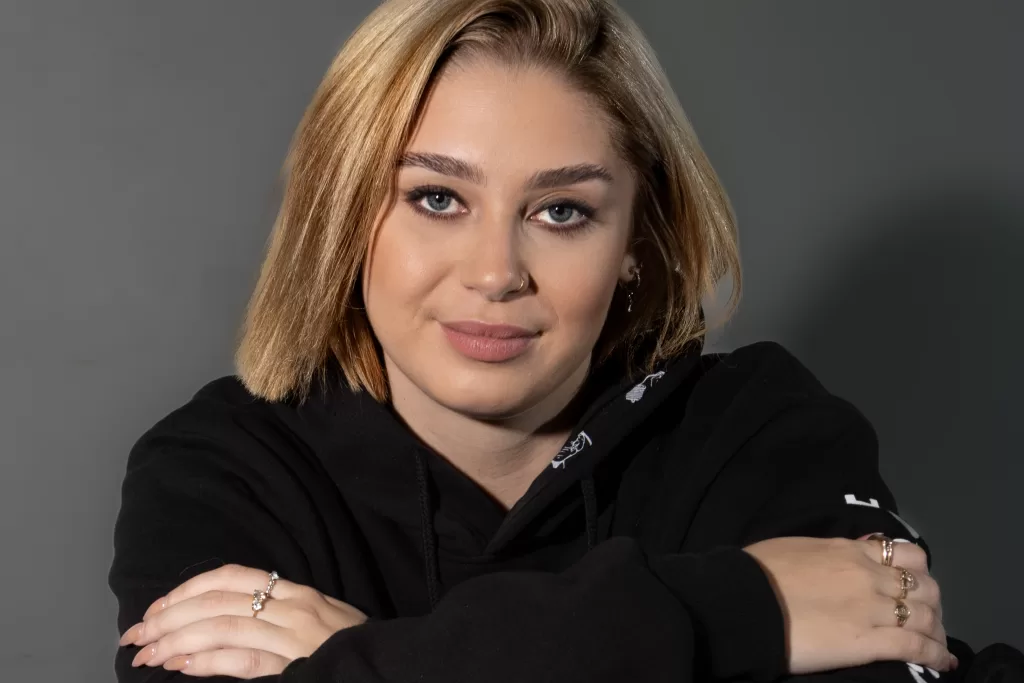
Our tailored approach ensures your brand rises above the noise in search results, attracts the right audience, and fosters meaningful engagement. Whether you’re a budding designer or a well-established brand, we offer expert SEO strategies designed specifically for the fashion industry to amplify your online presence.
Understanding SEO for the Fashion Industry
SEO, or Search Engine Optimisation, is the art and science of refining your website and content to secure higher rankings on Search Engine Results Pages (SERPs). For fashion brands, this means ensuring your website ranks highly for keywords your customers are actively searching for. Think of it as making sure your brand shows up at the right moment, right in front of the people who matter most.
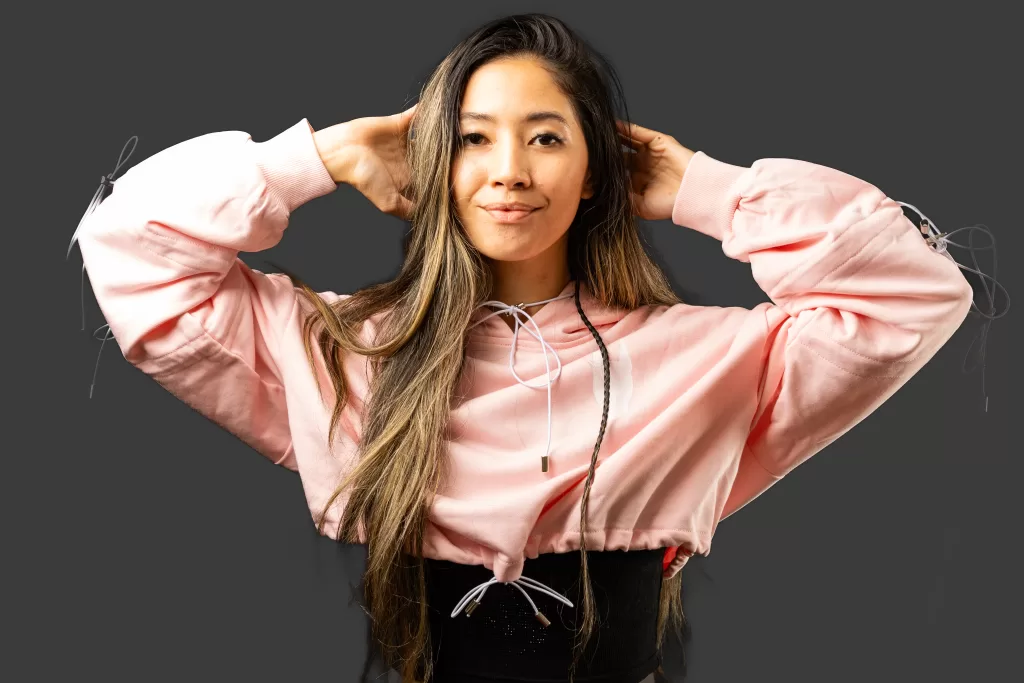
Consider the phrases your target customers might use when searching for products like yours. Terms such as “fashion brands,” “Brisbane designer clothing,” or “latest fashion trends” are prime examples. By aligning your SEO efforts with the specific needs of the fashion industry, you can boost your visibility and capture valuable traffic.
The Search Engine Funnel: From Awareness to Purchase
The journey from search to purchase is rarely instantaneous. It involves a thoughtful progression, especially in the fashion world. This is where the search engine funnel plays a pivotal role in guiding potential customers through their buying decisions.
1. Awareness Stage: The Spark of Interest
At the top of the funnel lies the awareness stage, where consumers begin their journey by seeking information. During this phase, users might search for broad terms like “latest fashion trends” or “popular clothing brands.” For fashion brands, this is a golden opportunity to establish visibility and showcase your expertise.

Creating content that speaks to these broad interests is crucial. Whether through blog posts, style guides, or industry insights, your content should serve the informational needs of potential customers, introducing them to your brand. Using visually appealing imagery, infographics, and videos will help draw attention and establish your brand’s unique aesthetic from the outset.
2. Consideration Stage: Building Trust and Engagement
Once a customer has gathered enough information, they enter the consideration stage, where they start narrowing down their options. This is your chance to engage deeply, building trust through personalised content and brand storytelling. Share behind-the-scenes glimpses of your design process, customer testimonials, and real-world success stories.

Interactive elements such as style quizzes, product recommendations, and virtual try-ons also help build engagement. By offering value and fostering interaction, you enhance the decision-making process, bringing potential customers closer to making a purchase.
3. Decision Stage: Driving Conversion
As customers near the end of their journey, they enter the decision stage—the final step before conversion. At this point, your website should facilitate a seamless experience, guiding users to make a purchase decision.

Clear calls-to-action (CTAs), limited-time offers, and incentives like free shipping can prompt customers to take the final step. Simplifying the checkout process, offering various payment options, and maintaining transparency with return policies will foster trust and ease the decision-making process.
4. Post-Purchase Engagement: Building Relationships Beyond the Sale
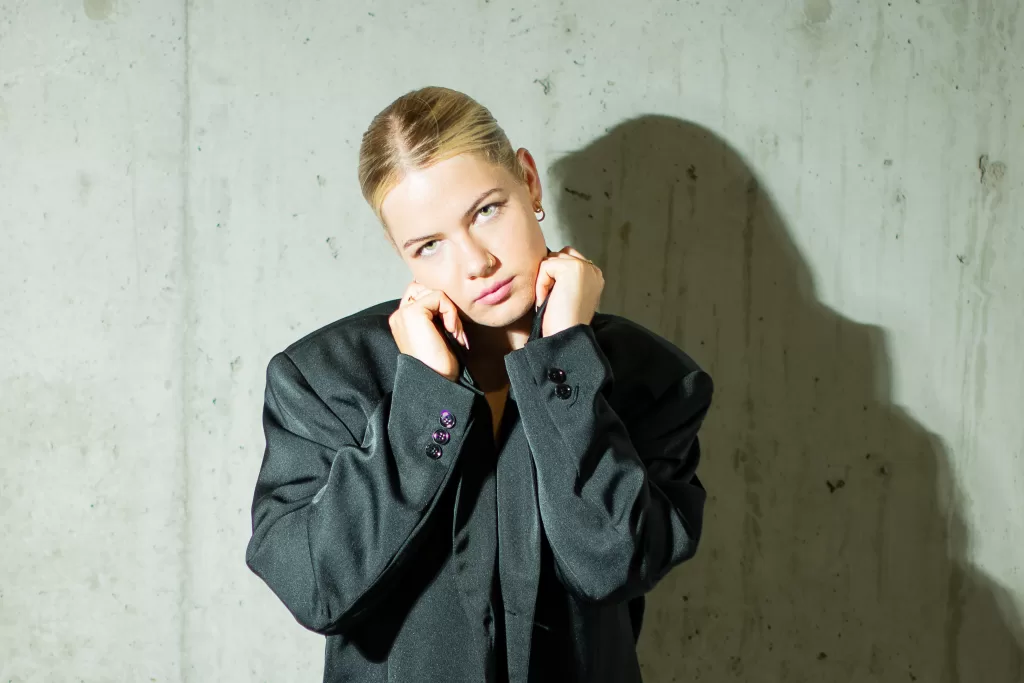
The search engine funnel doesn’t stop once a purchase is made. Maintaining customer relationships post-purchase is crucial for encouraging repeat business and turning customers into brand advocates. This can be achieved through thank-you messages, loyalty programs, and consistent engagement via email marketing and social media.
Addressing Visual Challenges in Fashion SEO
One of the primary challenges fashion businesses face is the visual nature of their websites. While high-quality imagery is integral to the fashion industry, search engines struggle to interpret images the way humans do. This can impact how well your visuals are indexed and recommended.
Optimising your images is essential to help search engines understand your content. Using descriptive alt text, including relevant keywords in your image filenames, and ensuring your content is mobile-optimised will improve visibility and drive organic traffic. Fashion brands must also focus on organic SEO, as this ensures sustained visibility without relying on paid methods.
Key Aspects of SEO for Fashion Brands
- Keyword Optimisation: Understand the words your target audience uses when searching for fashion products and services. These should be seamlessly integrated into your website content, including meta descriptions and image alt text.
- Content Quality: Providing valuable content that resonates with your audience is essential. Whether it’s blog posts, trend articles, or customer stories, great content keeps users engaged and coming back.
- Image Optimisation: High-quality images are a must, but they also need to be optimised for search engines. Use keywords in file names, alt text, and descriptions to ensure search engines understand your content.
- Mobile Optimisation: With the rise of mobile shopping, ensuring your website is optimised for mobile devices is crucial for both user experience and SEO.
- Social Media Integration: Leveraging platforms like Instagram and Pinterest is essential for fashion brands. These platforms can drive traffic back to your website, build backlinks, and increase brand visibility.
- Local SEO for Boutiques: If you’re a brick-and-mortar boutique, local SEO is vital. Optimising your Google My Business listing and incorporating local keywords will help attract customers in your area.
- User Experience (UX): A smooth, intuitive website is crucial for keeping visitors engaged. Optimise navigation, load times, and CTAs to enhance user satisfaction and conversion rates.
Tools and Insights
Utilise SEO tools like SEOptimer to monitor competitor strategies, gain valuable insights, and continuously optimise your website. SEO is an ongoing effort that requires continuous monitoring and adaptation to ever-evolving algorithms and trends.

How SEO Influences Fashion Brands
SEO is pivotal in shaping the digital success of fashion brands. Let’s take a deeper look at how specific SEO strategies impact different facets of the fashion business:
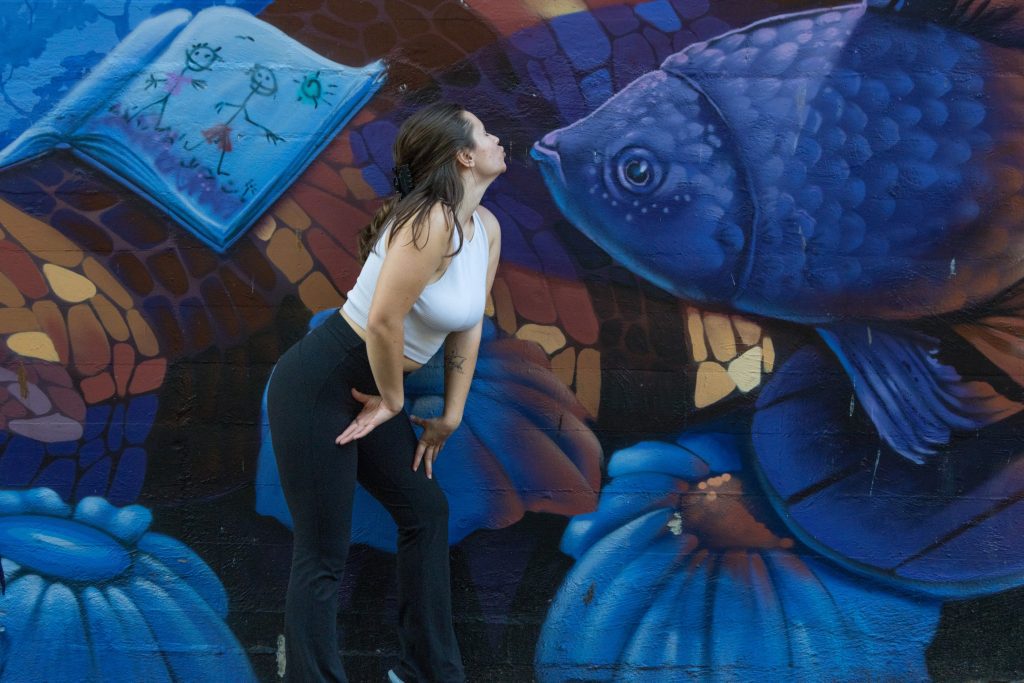
- Brand Identity through Keyword Optimisation: Keywords shape how your brand is found. From “luxury fashion” to “sustainable fashion,” the right keywords ensure your brand connects with the right audience.
- Compelling Content for Customer Engagement: Creating engaging content such as blog posts, behind-the-scenes looks, and product showcases fosters a deeper connection with your customers, driving organic traffic to your site.
- E-Commerce SEO: For fashion brands with online stores, optimising product pages and implementing structured data can increase your visibility in search results, driving more conversions.
- Social Media Integration: Promoting your content across social platforms and collaborating with influencers can enhance your SEO efforts, expand your reach, and elevate brand awareness.
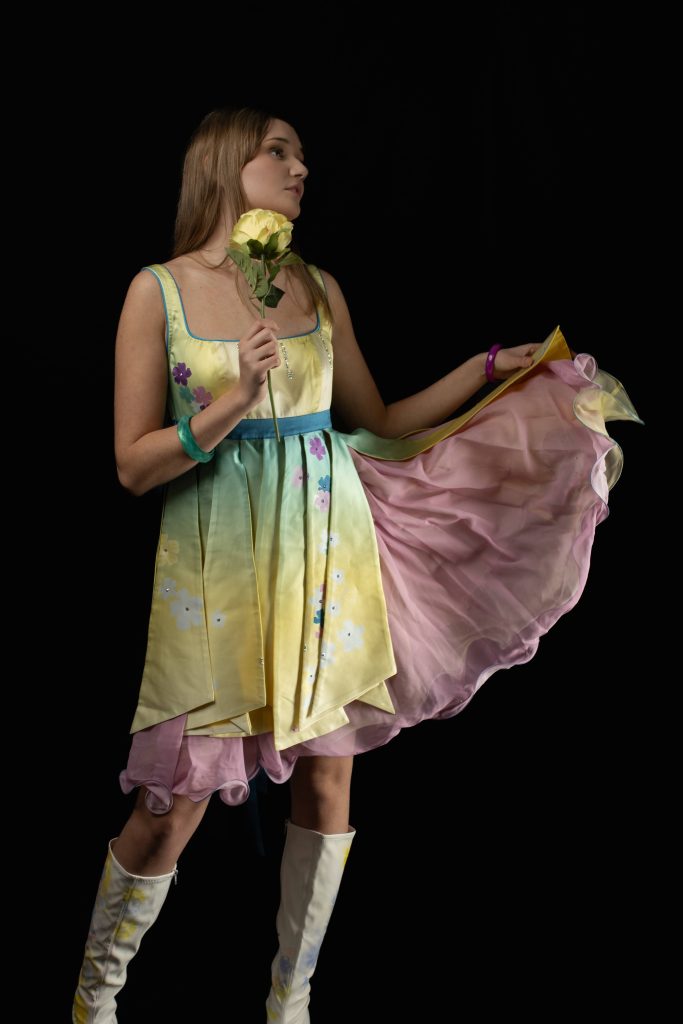
Conclusion
SEO is more than just a buzzword; it’s a powerful tool for fashion brands seeking to thrive in the digital landscape. By employing strategies like keyword optimisation, content marketing, image SEO, and mobile optimisation, fashion businesses can enhance their visibility, build strong customer relationships, and drive sustained growth.
SEO is an ongoing process, one that requires consistent effort, monitoring, and adaptation to stay ahead of the competition. By embracing the power of SEO, fashion brands can elevate their online presence and position themselves as leaders in the ever-evolving fashion world.



